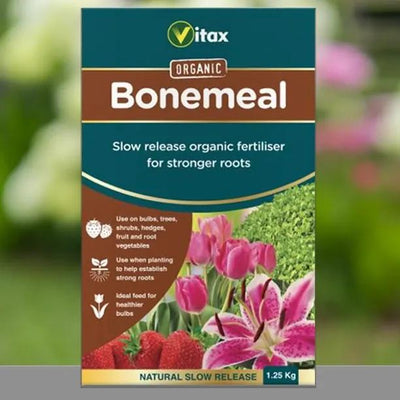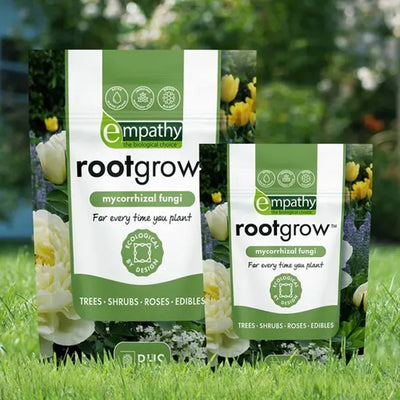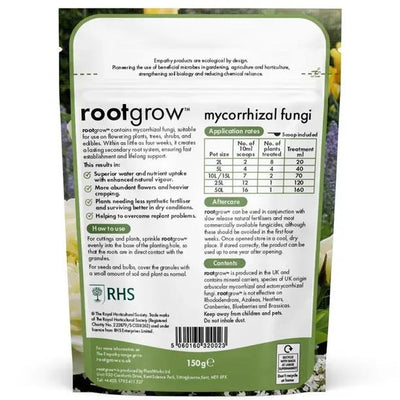Newton Wonder Apple Trees
Newton Wonder apples are large green cookers with an attractive red tinge. Their flavour is less sharp than that of a Bramley, which gives them more appeal as a dessert apple and they bake to a similar delicate, fluffy texture.
These are winter apples, with a heavy crop which store from November through to March.
Browse our range of apple trees or the full variety of fruit trees.
Pollination guide for Newton Wonder
Your tree will be flowering around May and although it's self-fertile, it does need to be pollinated in order to crop heavily. Pollen from other trees tends to produce tastier apples too. As it flowers mid-season, Newton Wonder matches with any of the pollinators or fertile apples on our Apple Tree Pollination list. We have also identified a couple of selected pollinators in the list at the bottom of this page.
A crab apple tree is another way of ensuring strong pollination for a single apple or in an orchard of mixed apple trees and we recommend the John Downie or Golden Hornet crab trees in particular as universal apple pollinators. It's a quirk of some Newton Wonder trees to flower poorly every other year. This does affect the size of the crop enough for this apple to not be as popular these days with apple growers but shouldn't bother a gardener at home.
Rootstocks for Newton Wonder
We use MM106 Rootstocks because they're suitable for most soil types, drought resistant, grow to a size that is practical for you to prune and produce plenty of fruit. MM series rootstocks were entirely designed to succeed in Britain's soil conditions and MM106's growth rate is suitable for trees trained into fans, cordons and espaliers as well as bushes, half and full standards. A half standard tree will grow to 4 metres,16 feet, with branches spreading out about as wide, depending on your pruning regime.

 Secure, One-Tap Checkout
Secure, One-Tap Checkout
 Hand Picked, Delivered to Your Door!
Hand Picked, Delivered to Your Door! 1 Year Bareroot Guarantee
1 Year Bareroot Guarantee

















